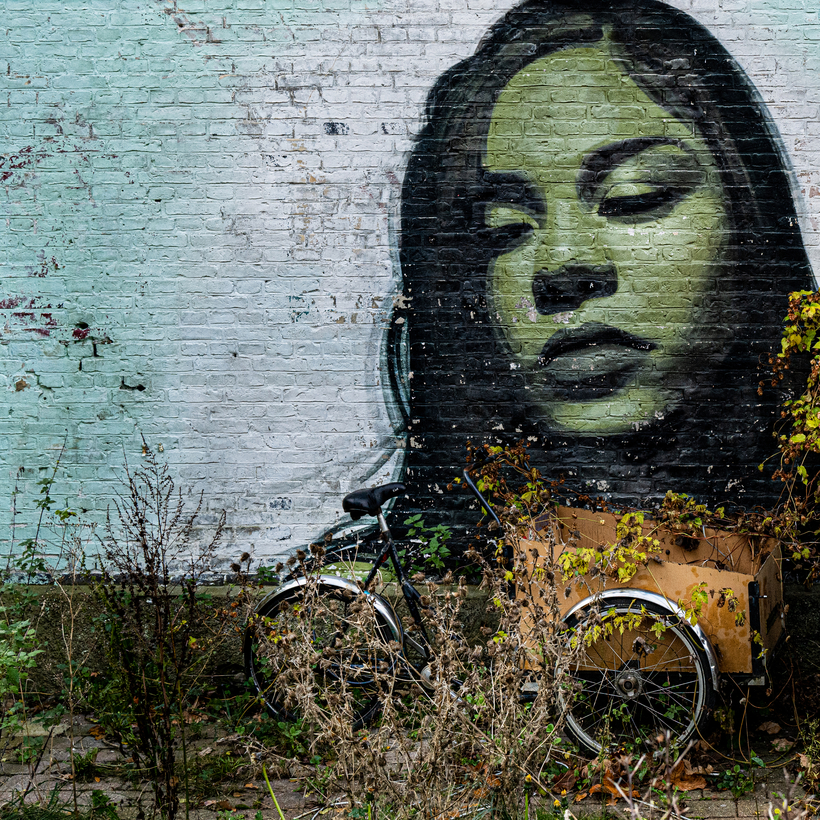translated by Tiina Nunnally
translated by Michael Favala Goldman
The Danish writer Tove Ditlevsen’s Copenhagen trilogy is ostensibly a bildungsroman, the memoirs of a writer as a young woman. But the three books also record something more intimate: the persistent need to escape one’s circumstances.
In Childhood (1967), the young Tove, who was born in 1917, finds refuge from her petit-bourgeois family—a Gorky-loving father, an overbearing mother—in the gushy love poems she secretly composes in a notebook.
In Youth (1967), she keeps running into men who enable her to wriggle out of dreary jobs: the young boss at one workplace who recruits her to write songs for weddings and funerals, her brother who now thinks every line his sister scribbles is gold.
In Dependency (1971), we see Tove struggling to overcome her methadone addiction, flitting in and out of hospitals and rehab centers. She gets married thrice, becomes a mother of four at 30. It is only while writing her novels and short stories that she can place a “veil between myself and reality.”
These themes are further condensed in her novel The Faces, which was published in the original Danish around the same time as Childhood and Youth. (The English translation by Tiina Nunnally was first published in the U.S. in 1991, and is being reissued by Farrar, Straus and Giroux alongside a collection of Ditlevsen’s short stories, The Trouble with Happiness, translated by Michael Favala Goldman.)
The protagonist, Lise, is a mid-career novelist who hasn’t written a line in two years. Her attitude toward the people in her life is marked by chronic indifference, whether it is toward her unfaithful husband, Gert, who keeps her “meticulously informed of his conquests”; her overzealous housekeeper, Gitte, who thinks that sleeping with Gert is good for her employers’ marriage; her three children, who don’t seem to need their mother so much anymore; even her friend Nadia, who presciently cautions Lise to stay away from sleeping pills.
After one of Gert’s lovers dies by suicide, Lise overdoses on an entire bottle of pills one night. She is taken to a hospital and later institutionalized, much like Ditlevsen herself was. Even the first sentence of the novel—“In the evening it was a little better”—is reminiscent of the opening line of Childhood: “In the morning there was hope.”
Both the novel and the memoirs dramatize the artist’s difficulty in holding on to her inner vision, the “faces” that Lise once noticed in a crowd and doesn’t want to encounter again lest they look different up close. While struggling every morning to write, she nevertheless finds in her bedroom a delicate “sense of security which is nothing more than the absence of change.”
Locked in the psychiatric ward of the hospital, she hears tormenting voices in her head; she believes that Gitte and Gert are conspiring to kill her. And yet Lise is also filled with a “sensual ecstasy” during these seizures and panic attacks. After a couple of weeks, the prospect of a nervous breakdown begins to feel like a promise of escape.
Toward the end of the novel, Lise is back at home and re-united with Gert, but she hasn’t stopped hearing voices—it’s just that she now looks forward to writing as a means of escape.
Ditlevsen’s epigrammatic sentences perfectly convey Lise’s emotional turbulence. Take her impression of childhood, for instance: “Children wore their faces like something they had to grow into, which wouldn’t fit them for many years.” Or, on the misery of a couple drifting apart: “She awakened some of the few words they still had between them.”
For all their fears of change, Ditlevsen’s women can’t help but change. The characters in The Trouble with Happiness have run out of ways to distract themselves from their messy lives. In “My Wife Doesn’t Dance,” a paraplegic woman feels that “she had placed her life’s great despair outside the door, and only when she left home did the sorrowful black cape wind back around her.”
Ditlevsen is attuned to tiny betrayals, the ways in which couples unwittingly fail each other every day. In “The Umbrella,” a man becomes resentful of his wife’s obsession with a silk umbrella she had once glimpsed in a shop. In “The Cat,” a husband won’t let his wife take on a pet.
The stories together trace a desolate arc: their female characters jump from the passive early years outlined in “Queen of the Night” and “The Trouble with Happiness” to equally constrained marriages in “The Umbrella” and “My Wife Doesn’t Dance.”
In “Evening,” Ditlevsen again hits the ground running from the first sentence: “Hanne was only seven, but she already possessed a great deal of formless anxiety.” Or, consider the beginning of “The Method”: “Being married to an entire person was too much.”
Some of these stories are no more than brisk vignettes: an adopted child wonders if he is loved in “A Nice Boy”; a woman vacillates before getting an abortion in “Life’s Persistence.” Occasionally you wish that the characters were a little less transparent to themselves. But in the best of them, Ditlevsen’s candor shines through. More than once, a story ends with the image of a woman alone in the house, moments after her husband or children have stepped out, staring out of a window onto the world.

Abhrajyoti Chakraborty is a New Delhi–based writer and critic

